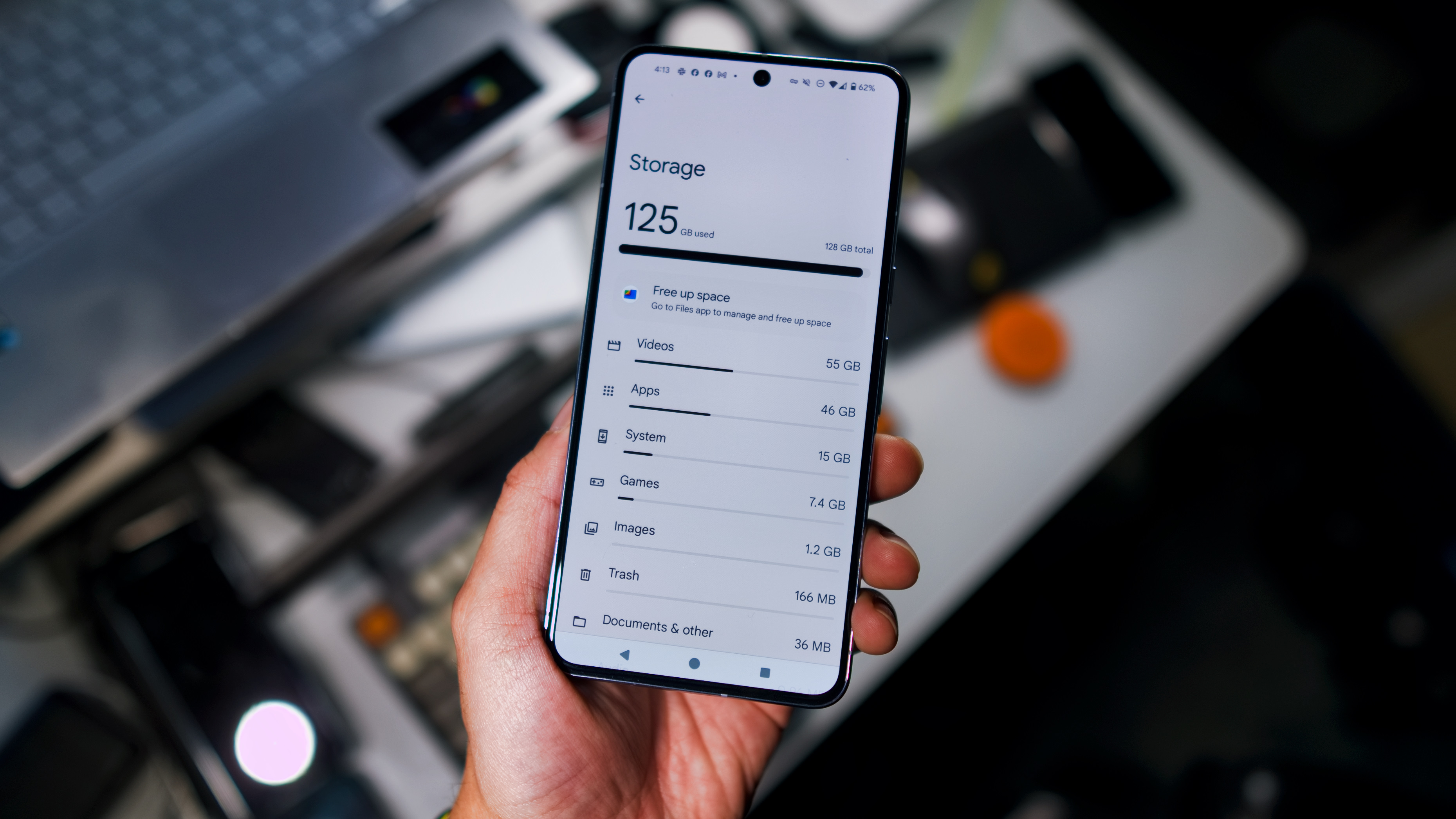
We use our smartphones for everything these days. From texting to photography, to web browsing and online gaming, there’s really nothing an iPhone or Android can’t handle. That is, until your phone’s internal storage is depleted.
When we refer to smartphone storage, we’re talking about the onboard gigabytes a phone uses to run applications, store photos, videos, music, and documents, install firmware and OS upgrades, and more. If you’ve ever purchased a new phone, you’ve probably seen numbers like 32GB, 64GB, and 128GB featured alongside the model of the device you’re looking at. These figures represent the amount of data storage that the phone’s manufacturer has included on the phone itself.
So when it comes time to buy a new iPhone or Galaxy smartphone, exactly how much storage space does the average person need? And are there ways to add additional storage when and if you run out? We’ve put together this helpful explainer to answer these questions and more.
Ancient bytes to modern might
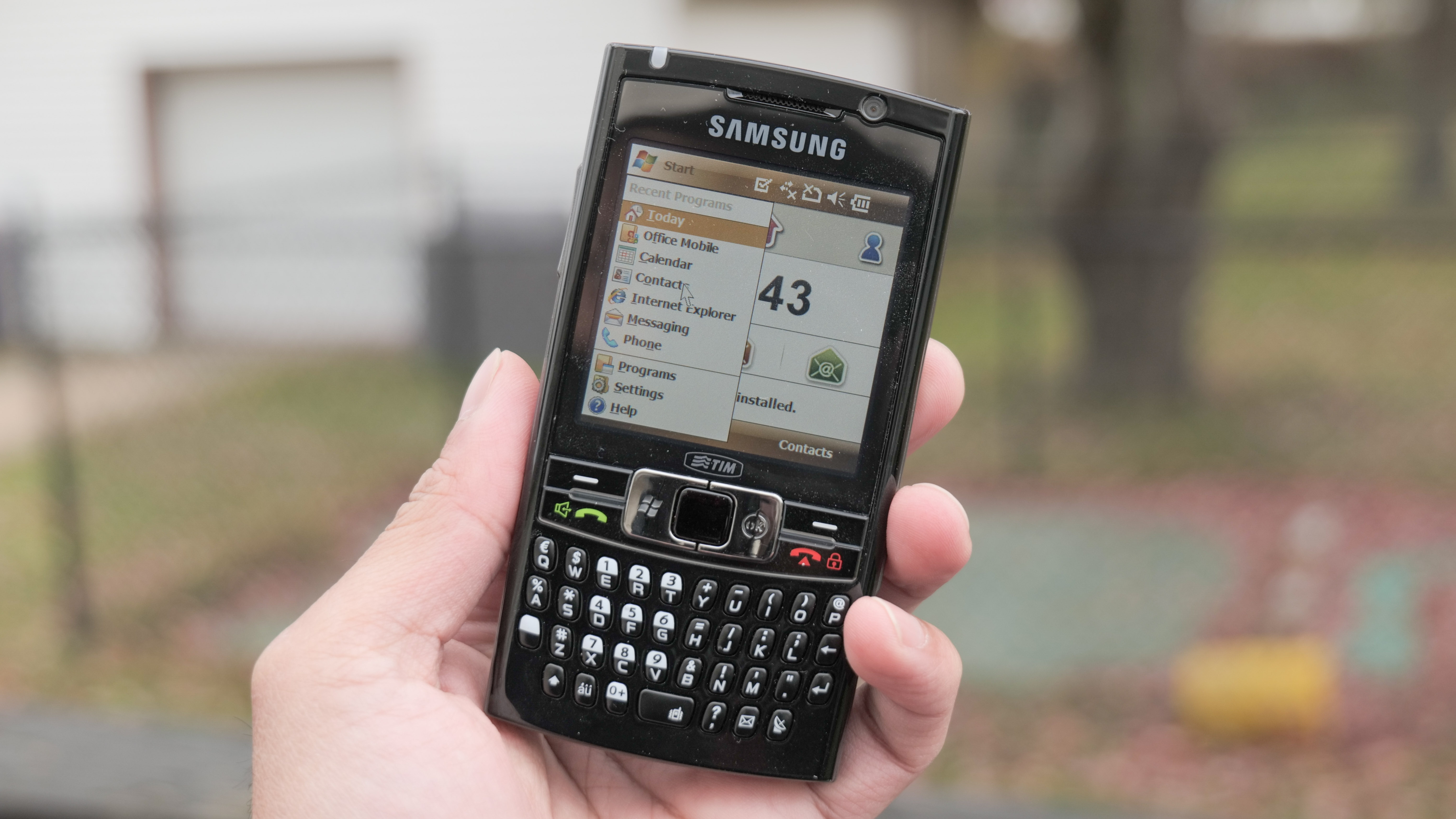
When we think of the chart-topping amounts of RAM and internal storage that modern smartphones are known for, it may surprise you to learn that some of the earliest web-connected phones only contained a single gigabyte or less of storage space. But as technology has evolved over the years, companies like Apple and Samsung have had to increase the amount of RAM and storage space available on smartphones.
Believe it or not, our smartphones actually utilize a portion of whatever internal storage is advertised to users. This is because it takes more than just a solid processor and plenty of RAM to run mobile operating systems like iOS and Android. These pre-installed platforms need a place to store and access crucial data for running your phone’s OS and whatever apps and software your device is running.
If you’ve ever seen a breakdown of your iPhone or Samsung Galaxy device’s internal storage, you’ve probably seen that a decent chunk of storage (usually somewhere between 5GB up to 10GB) is allocated to the phone’s OS. And no matter how good you are at freeing up storage space on your phone (we’ll cover this more in a bit), you’ll never be able to reclaim the internal data your phone takes for itself.
Apps and media: The harvesters of your data

Now that we’ve cemented the hard truth that iOS and Android are always going to utilize some of our phone’s advertised bytes, the data that’s left is taken up by whatever we, the users, decide to use our smartphones for. For the average user, one major source of storage space usage is how many apps you have downloaded on your device, and what types of apps these are.
Considering there’s an app for just about everything these days, these mobile-friendly bundles of software are meant to support every kind of want or need. If you’re a music fanatic, you may have a number of music-streaming platforms and music publication apps installed on your phone. If you prefer using your smartphone to balance your budget, you’ll probably have a number of banking and credit card apps downloaded. Then there’s all the social media apps and messaging platforms that we use to stay in touch with friends, family, and colleagues.
Some apps take up very little storage space, while others consume a whole bunch of your bytes, especially when you start getting into mobile games (which are also considered apps), editing workflow tools (think Adobe Creative Suite), and weather monitoring. Yes, you’d be surprised how much data the Weather Channel app can use.
Another huge culprit when it comes to storage space harvesting is general media. Photos, videos, and music are nice to look at and listen to, but by golly can they take up a ton of space on our smartphones! To put things into perspective, Apple claims that a one-hour 1080p/30fps video, encoded as an h.264 file, takes up about 7.6GB on the average iPhone. If you boost things up to 4K/30fps, you can expect to lose around 21GB.
As for Android smartphones like the Samsung Galaxy S23, Galaxy S23+, or Galaxy S23 Ultra, Samsung claims that recording in 1080p (frame rate unspecified) for up to one minute uses around 100MB of data, and up to 300MB for 4K. That translates to about 6GB of data per hour in HD, and 18GB for 4K footage.
Fortunately, companies like Apple and Samsung know how much data your photos and videos take up. Apple’s solution was the introduction of a new encoding called High Efficiency Video Coding (HEVC) with iOS 11, which consumes about half as much data as an h.264 file of the same name. And as for Samsung, many of the brand’s Galaxy smartphones allow for up to 25GB of expandable storage via microSD (more on this in a minute).
How much storage space should you shop for?
If you’re in the market for a new iPhone or Samsung Galaxy smartphone, you may be wondering how much storage space you should be shopping for? That’s all going to depend on how you plan on using your smartphone. To make things simpler, let’s look at a few different smartphone user types to better understand how much storage you should be seeking.
Basic browsers
You’re the type of person who doesn’t let your phone run your life (good for you!). Of course, it’s always a good idea to have your device handy in case of emergencies. You also enjoy using your phone to search the web at the doctor’s office, and you also like snapping a few photos at the occasional family gathering. And other than using your smartphone to set an alarm or two, that’s pretty much the extent of your device usage.
If this sounds like you, you’re probably not going to need very much storage space at all. It’s always a good idea to go with the newest tech though, so if you’re Team iPhone, you’d probably want to check out the 128GB version of the iPhone 15. For Android fans, the 128GB version of the Samsung Galaxy S23 should be more than sufficient.
We expect most mid-range phones to offer 128GB as the base storage option, but it's unacceptable for flagship caliber phones in this day and age with 128GB of starting storage.
Regular posts and media
You like being on your phone, and you like using it for everything. You’ve always got a decent handful of apps downloaded to your smartphone, and a couple of them are usually high-performance games. You also enjoy posting to social media on a near-daily basis, and you’ll snap a photo or video of just about anything cool you see out in the world.
We’ll call this the middle-ground between “a little” and “a lot” of needed storage space. This type of user should look at the 256GB version of the iPhone 15, or maybe even the iPhone 15 Plus. And over in Android Land, this user type should also invest in 256GB for the Samsung Galaxy S23, or the Samsung Galaxy S23+.
High-res devotees
You’re on your phone so much that you could be a phone (imagine that). You typically download every single app you’re even mildly interested in, and you’re all about cutting-edge mobile gaming. When it comes to social media, you’re posting every hour, to the point where your family wonders how you manage to have a life outside your screens.
You also like to take photos and videos whenever you get the chance, and you always export and save in the highest resolution possible.
This type of user needs as much storage space as possible, and a top-shelf phone to go along with the big bytes. If you’re thinking of going with an iPhone, we’d urge you to consider the 512GB version of the iPhone 15 Plus. For Android users, we’d recommend going with the 512GB version of the Samsung Galaxy S23+, or even the 1TB version of the Galaxy S23 Ultra.
Expand, offload, and optimize
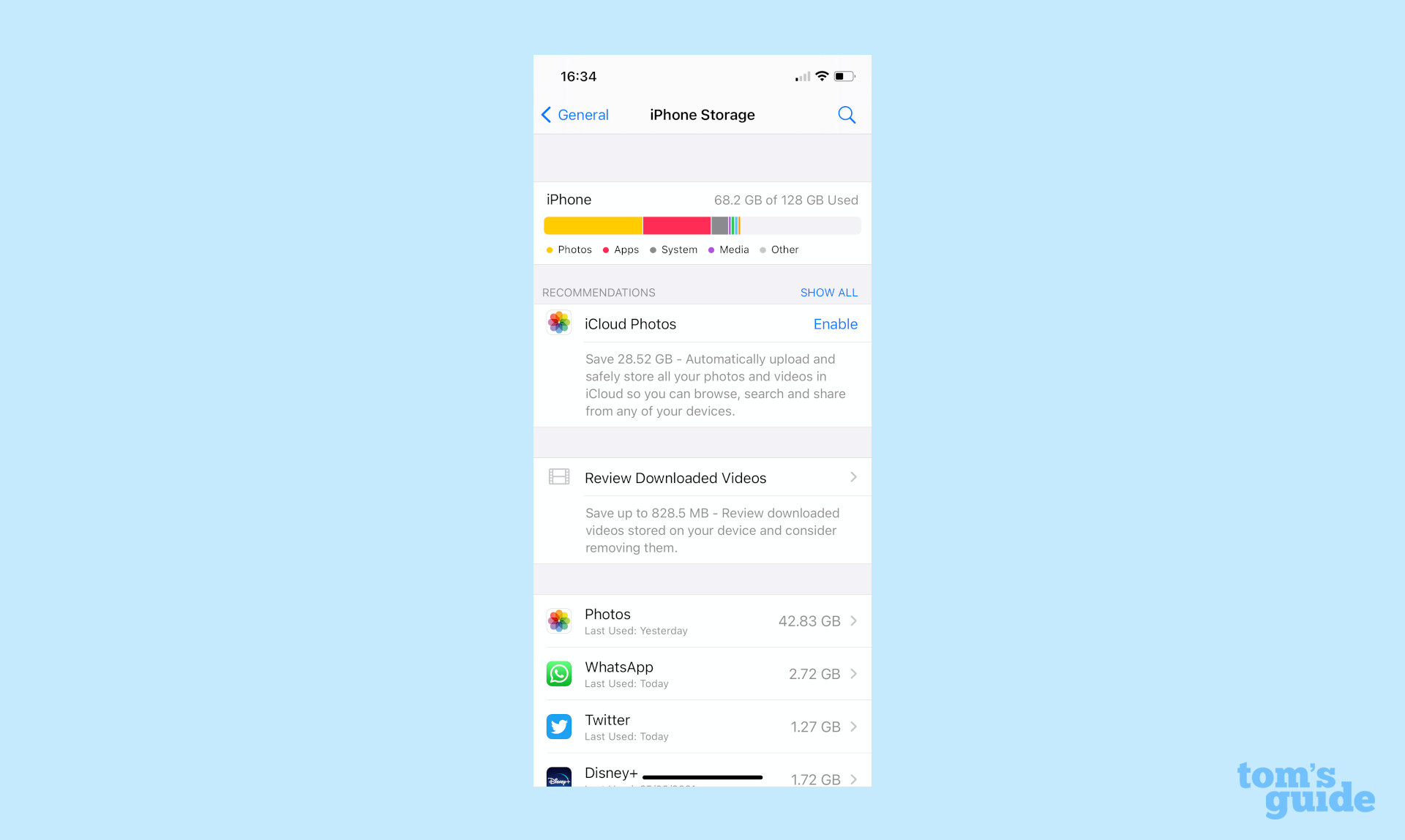
Even if you’ve made the most data-conscientious buying decision you can for your smartphone, you may still run into situations where your storage space is nearing capacity. Not to worry though, for there’s a number of things you can do to increase and preserve storage space on your mobile device.
First and foremost, we recommend looking into external storage options. Traditionally, iPhones have never had built-in microSD card slots, but that’s not the case for Android powered smartphones. If you’re running out of bytes for your go-to Android, you can always toss in a microSD card (assuming it's offered), which should give you another 200GB or so. You can also invest in a smartphone-friendly flash drive if you want to offload some of your existing media to free up space.
Cloud storage platforms are another excellent way to free up storage space. While a majority of these platforms require some kind of monthly subscription, the most basic tiers of storage are generally inexpensive. For instance, you can add up to 50GB of iCloud storage to your iPhone for as little as $1 per month. You can also offload media and other files using tools like Google Drive and Dropbox.
Clearing app data and old downloads is another great way to free up memory. This is usually as simple as heading into your phone’s settings and searching for a storage dropdown. From here, you should be able to see how much data is being split between apps, media, and your phone’s OS. If you’re using an iOS device, your iPhone will even give you the option of deleting old downloads, texts, and other content to add back some internal storage.
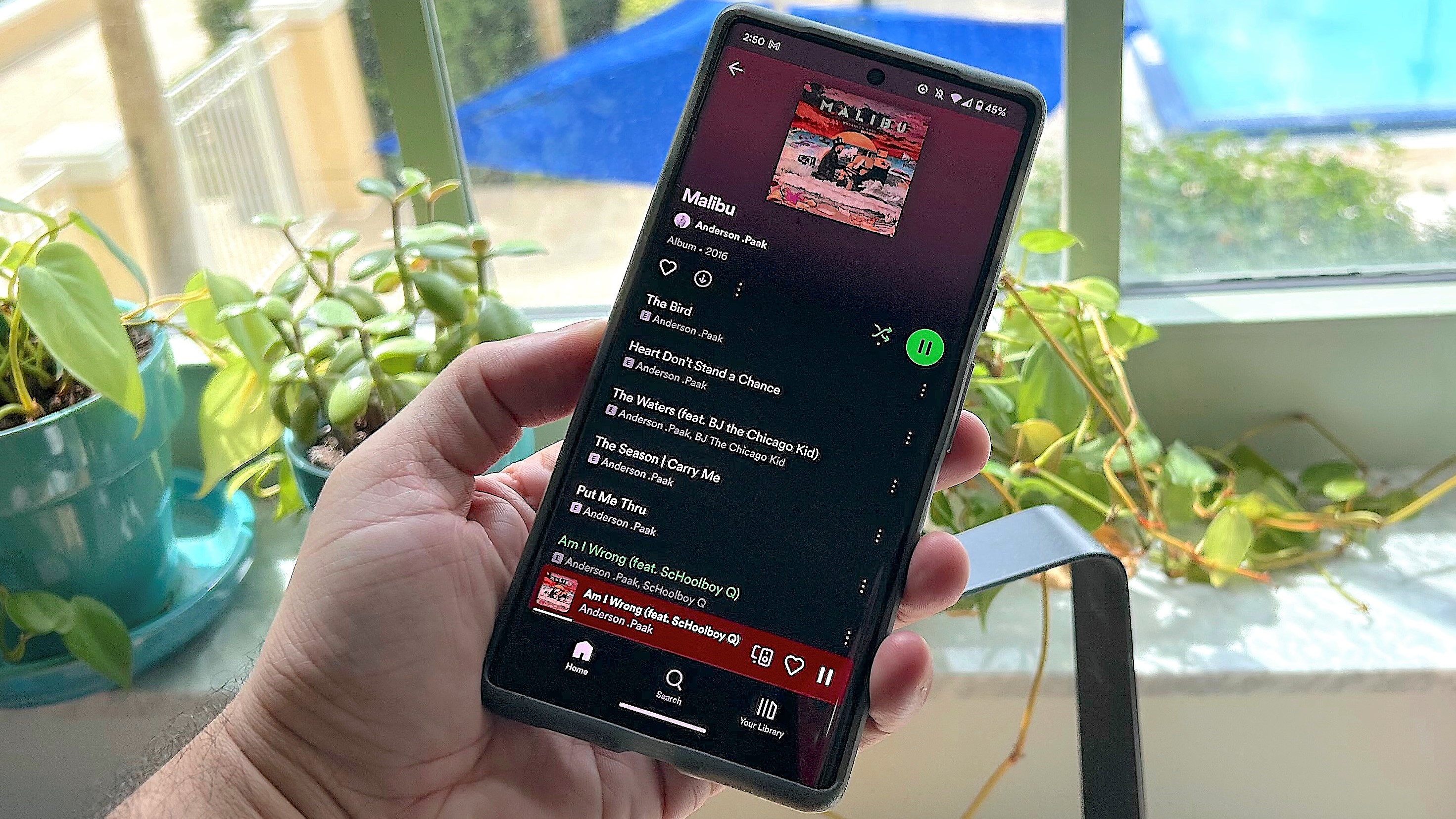
If you’re not overly concerned with every single photo and video looking crystal-clear, you can always choose to export media in lower-res formats. And as for music, instead of downloading tracks and albums to your device, you can always opt for music-streaming services instead (although this will require an internet connection or cellular data).
However you choose to free up space on your iPhone or Samsung Galaxy device, we can’t emphasize the following enough: make sure you have enough available storage for software updates.
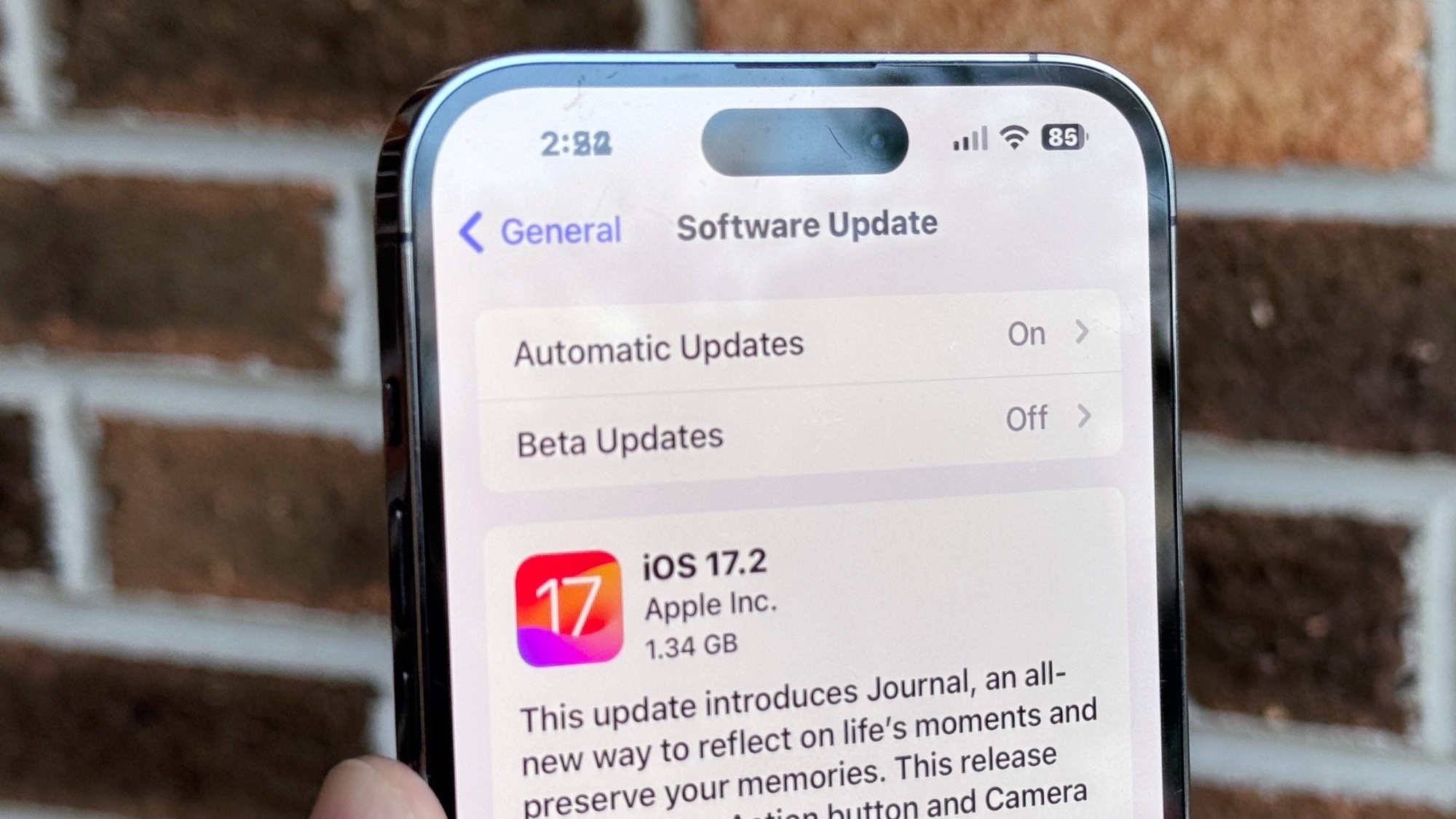
Every web-connected smartphone receives routine software patches from its manufacturer. This ensures that your phone is running as efficiently as possible, while clearing up any bugs or glitches that may have impacted previous versions of the OS. Some software updates may even allow your smartphone to use less internal storage to run apps and store media.
Smartphones are constantly evolving, which means that internal storage on newer models should continue to increase. We wouldn’t be surprised to see 512GB as the base offering for a new iPhone or Samsung Galaxy device five years down the line, especially when you factor in new resolutions, frame rates, and OS processes.
And even if you don’t think you’ll need a ton of data for your apps and media, it’s never a bad idea to invest in extra storage, especially if the difference between 128GB and 256GB is only another hundred dollars or so.
Frequently Asked Questions
What’s the minimum amount of storage you need for a smartphone?
While many new smartphones are being offered with 128GB as the base storage option, some of the most hands-off users may be able to get away with 64GB or less. It may be hard to find these minimal byte quantities on newer phones from the likes of Apple and Samsung though.
How can you offset taking up storage on a phone?
Deleting unused apps and media, offloading content to external devices and cloud platforms, and choosing lower export settings are a few ways you can free up storage space on your smartphone. It’s also a good idea to occasionally check your phone’s storage settings, in order to get a better sense of what apps and content are using the most data.
Does internal storage affect how well your smartphone runs?
Yes. Your smartphone’s operating system and apps use a certain amount of non-RAM memory to download, install, run, and update. In the event that you start to run out of storage space, certain app features may stop working. If all your internal storage is depleted, you also won’t be able to download software updates for your phone’s OS.
As many security patches are made through software updates, not having enough data to download these updates could be damaging to your device and user data down the line.




![Nevada Math Prof Alleges Discipline for "Voic[ing] Concerns About … the Math Department … Lower[ing] Its Curriculum Standards"](https://images.inkl.com/s3/publisher/cover/212/reason-cover.png?w=600)


